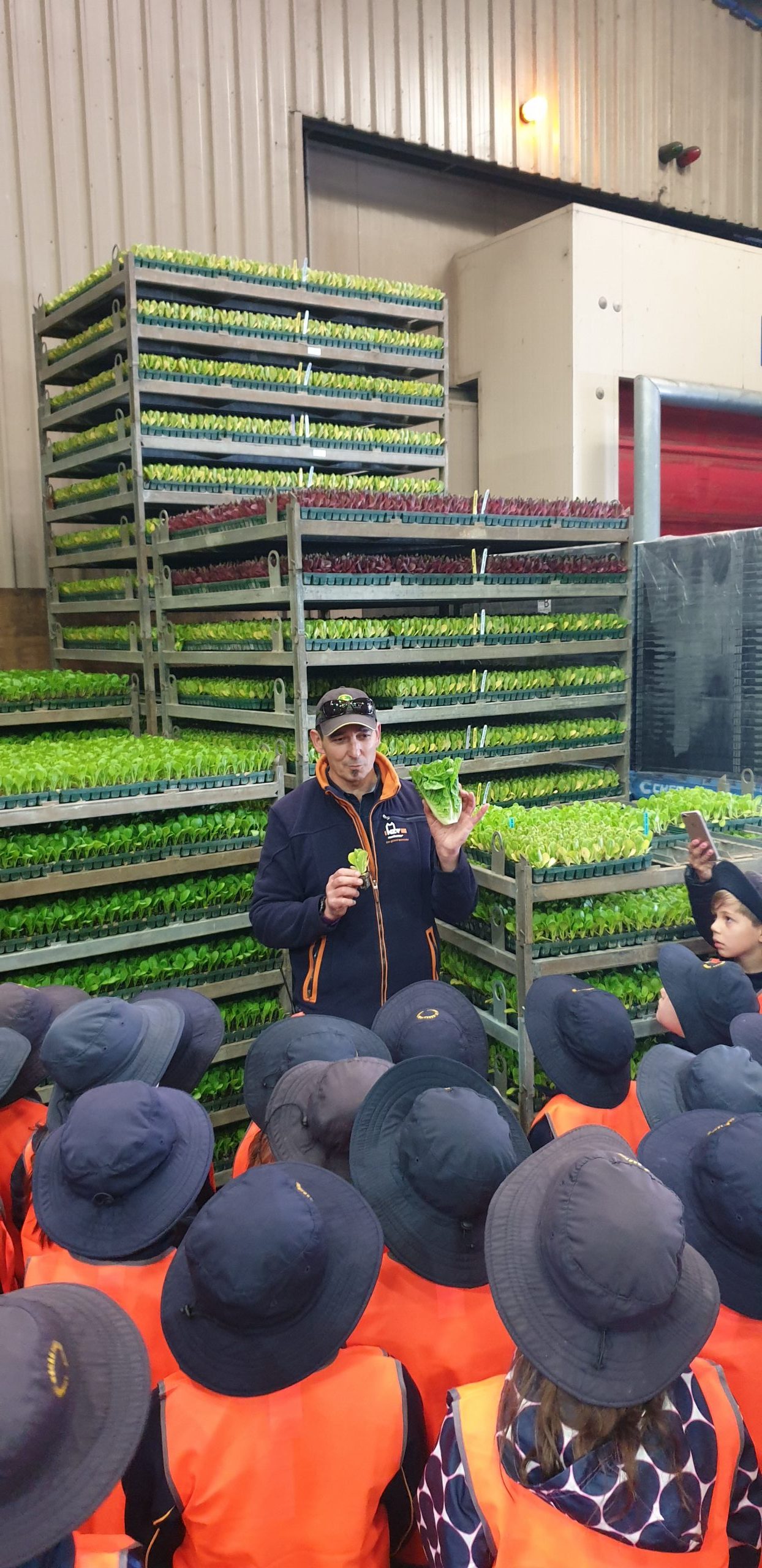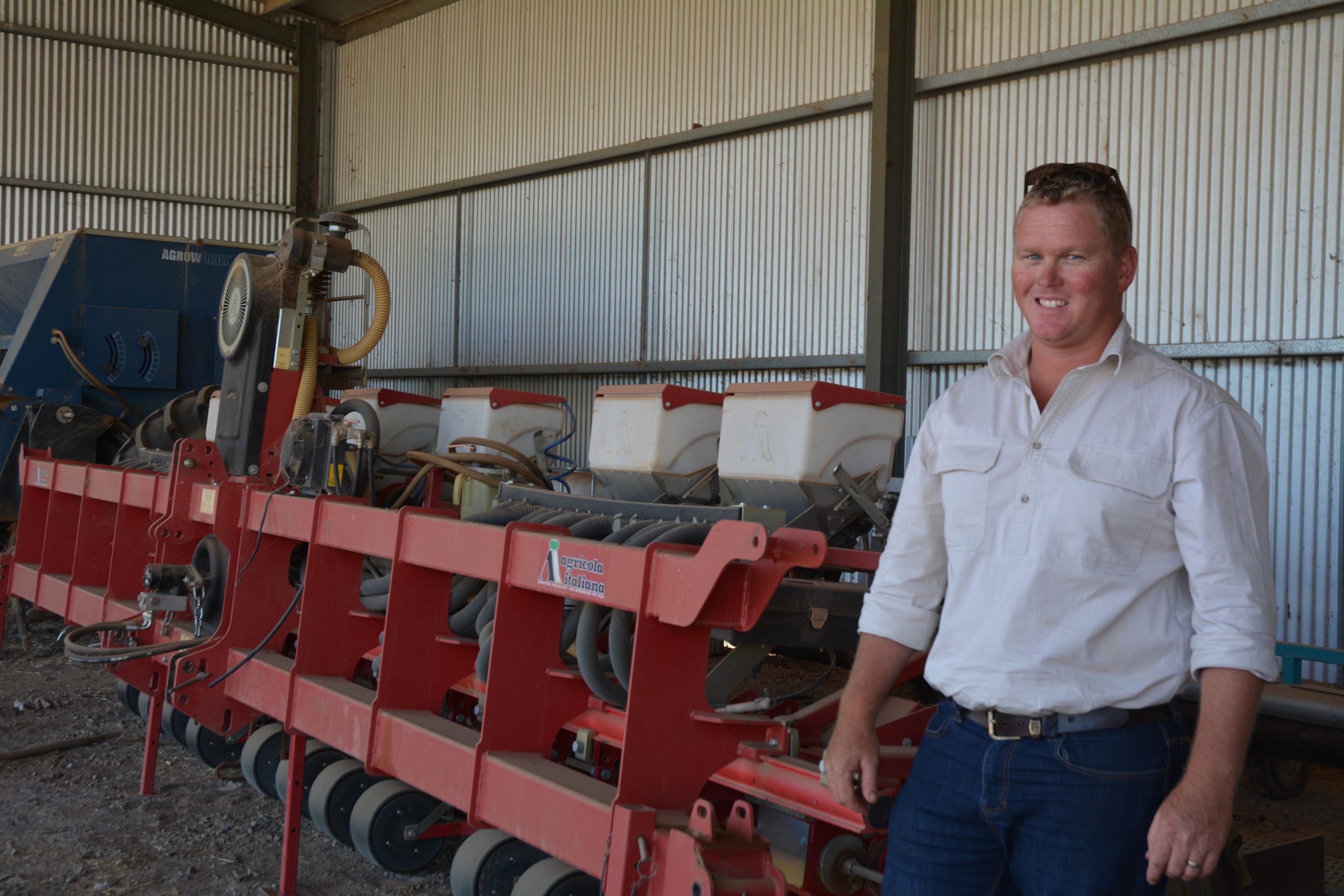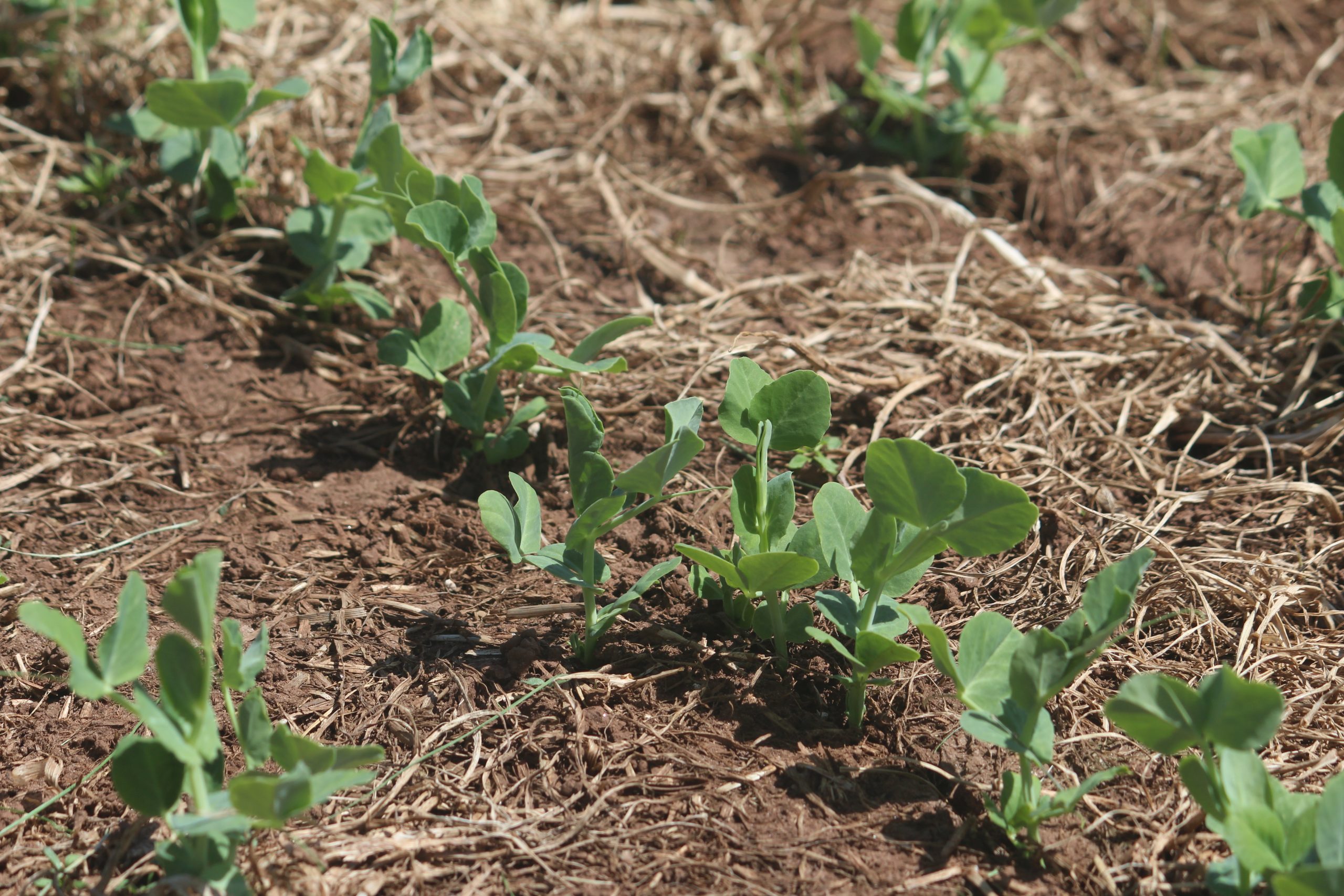
Practising good environmental stewardship
30 November 2020
Juicy opportunities in New South Wales southern Riverina region
1 December 2020In this column, VegNET –Tasmania Regional Development Officer Ossie Lang provides a case study involving Tasmanian Farmers and Graziers Association (TFGA) Bean Committee Chair – and Tas Community Ag award finalist – Nick Eyles. Nick sat down with Ossie to discuss what he and the family are doing on-farm to implement sustainable practices in their pea crops.
Nick Eyles and his family farm 400 hectares at Selbourne in northern Tasmania. They run a mixed operation with around 200 hectares cropped each year, a further 20-30 with fodder crops, and the remainder under pasture. The fodder crops and pasture are utilised in the fat lamb operation which turns off around 2,000-2,200 lambs per annum from their 1,800 breeding ewes.
The Eyles family has a varied cropping rotation with cereals, grass, clover and canola seed crops along with poppies, shallots, potatoes, peas and beans. The peas, beans and potatoes are all grown for Simplot. Peas and potatoes have been grown by the family for over 60 years and over 40 years respectively.
Long-term planning
In recent years, Nick and his family have developed and implemented a whole farm plan. Reducing labour as an input and sustainability were front of mind when putting this plan together. In Nick’s words, they want to “maintain and improve the assets for the next generation”.
This has involved updating irrigation assets moving from reliance on gun irrigation to the installation of two variable rate centre pivots. The family has also been installing sub-surface grid drainage, with 60-65 hectares already installed and a further 15 hectares going in this season. This focus on sustainability and reducing labour inputs led to their interest in direct drilling their green pea crops, an idea they saw first in the New Zealand green pea industry.
They have now been direct drilling peas for four years and, for the first time, will be sowing 100 per cent of their crop using this method. The main benefits come from the reduction in ground preparation work for the crop, with direct drilling taking the required passes down from four to five passes to one or two passes. The second pass is rolling the soil to ensure good soil contact with the drilled seed.
Early results
The first year Nick and the Eyles family trialled this method, there was no significant difference in return compared to the conventional tillage. The yield was slightly below their other plantings but was made up for in the cost-savings from utilising the direct drill method.
These savings were more of a bonus than expected, and were in addition to the soil health and environmental benefits this method achieved, including improved microbial and worm activity, better moisture retention and improved soil structure.
The Eyles family is now seeing yields closer to on par with the conventional plantings, but the cost savings equate to nearly an extra two tonnes per hectare in returns. Nick has also observed better performance in direct-drilled paddocks with subsequent crops, while not entirely attributable to the prior pea crops. The family has also seen some large potato yields, which are – in part – due to the retention of soil health from the previously drilled pea crop.
Overcoming challenges
The move to direct drilling has not been without its challenges and has taken some work to get right. Paddock selection has been an important piece of the puzzle, with Nick and the Eyles family identifying their paddocks 12 months out. They have been targeting ex-grass seed paddocks for direct drilling, as the ground is more even than ground coming out of potatoes and other crops.
They have also found that a good evenly wet seed bed from a pivot irrigator has helped the crop fare better than when under gun irrigation, where the water distribution is less consistent. Spring 2020 has been quite wet, however Nick is confident that they will be able to get on to the paddocks to drill peas earlier than those who are working the ground and so will be able to meet their planting window.
Looking forward
As a VegNET Regional Development Officer, I was keen to find out Nick’s thoughts on agriculture and its direction across the next decade. Nick is optimistic about the future, but tempers that with an awareness of challenges on the horizon.
These largely stem from a decreasing understanding of food production in the general public and increasing regulatory requirements that can result from this lack of knowledge. Current markets and contracts aren’t always geared to incentivise those growers who are acting in a more sustainable way, which can make it more challenging for those looking to pursue this path.
When asked what advice he had for someone looking at implementing more sustainable practices on-farm, Nick advised the following:
- Look at what you want to achieve. There are a lot of directions you can take with this process, but you will need to determine what fits your operation.
- Consider the long-term. These changes won’t take effect straight away, so don’t be disheartened when things take a while.
- Build a plan. This may need to be split across several aspects (soils, irrigation resources, crop rotations).
- Work through the obstacles. Things will arise that change the direction of your plans, and you just need to work through these challenges. There will always be a path forward.
Find out more
Please contact Ossie Lang on ossiel@rmcg.com.au or 0430 380 414.
Follow us on social media: Visit our Facebook page and Twitter account.
VegNET – Tasmania is a strategic levy investment under the Hort Innovation Vegetable Fund.
This project has been funded by Hort Innovation using the vegetable research and development levy and contributions from the Australian Government.
Project Number: VG19014
This article first appeared in Vegetables Australia – Summer 2020/21. To read the full publication, please click here.


